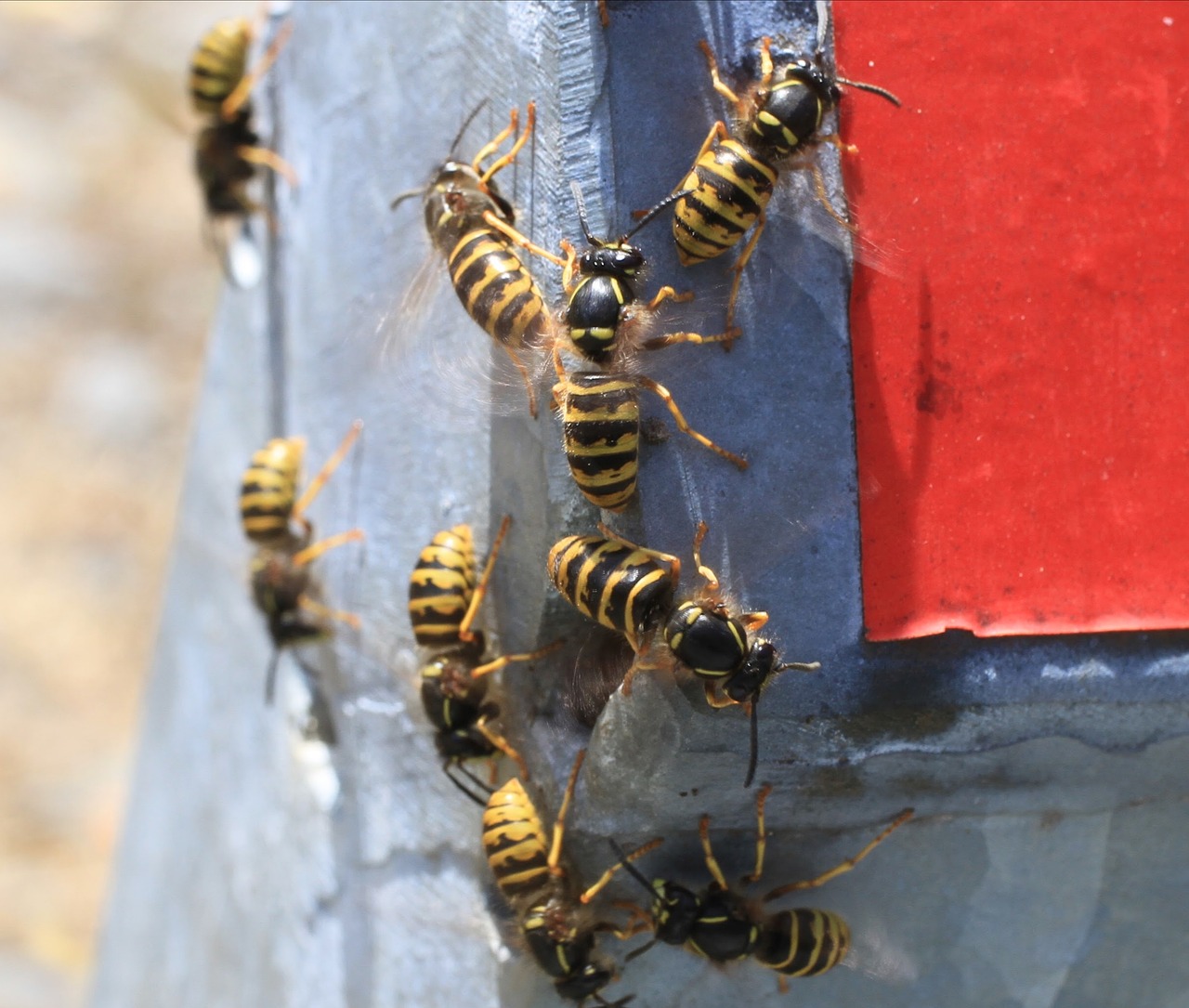It’s a reflex we all have, and it's a difficult one to fight — but experts say swatting at wasps can actually make things worse.
According to Dr. James Tansey, an entomologist with the Saskatchewan Ministry of Agriculture, wasps don’t just sting in the moment — their defensive attack also involves chemical communications with others of their species nearby.
“They actually produce an alarm pheromone, which has been demonstrated in at least one of the yellowjacket species,” Tansey explained in a recent interview. “So crushing a worker female, if she’s stinging, can elicit an attack response in other nearby yellowjackets — especially if they’re related.”
Even more surprising, Tansey says, is how long the scent can linger.
“They also tag you with a pheromone once you’ve been stung. You can carry this ‘threat marker’ for 8 to 12 hours,” he said. “You can be an olfactory threat to other worker wasps of the same species for some time.”
That means even if you’ve moved away from the nest, other wasps in the area could still be alerted that you represent a threat to them — and that you need to be painfully reminded not to mess with the swarm.
Tansey recommends washing the area with soap and water as soon as possible after being stung, especially if you’re still outdoors. This will deactivate the pheromones and keep you under the radar, so to speak.
As for prevention, one of the most common ways people get stung is by accident — especially in late summer when wasps are abundant and foraging more actively.
“They can get trapped in clothing, or you might sit down where one’s resting,” he said. “It’s not that they’re hunting people — they sting when they feel threatened.”
With several species of stinging wasps active in Saskatchewan, including ground-nesting yellowjackets that can be aggressive in defending the colony, it’s wise to take a cautious approach.
Next time you feel that buzz, think twice before reacting, or you could be flagged for hours with the wasp equivalent of a sign saying, 'I'm dangerous! Sting me!'
